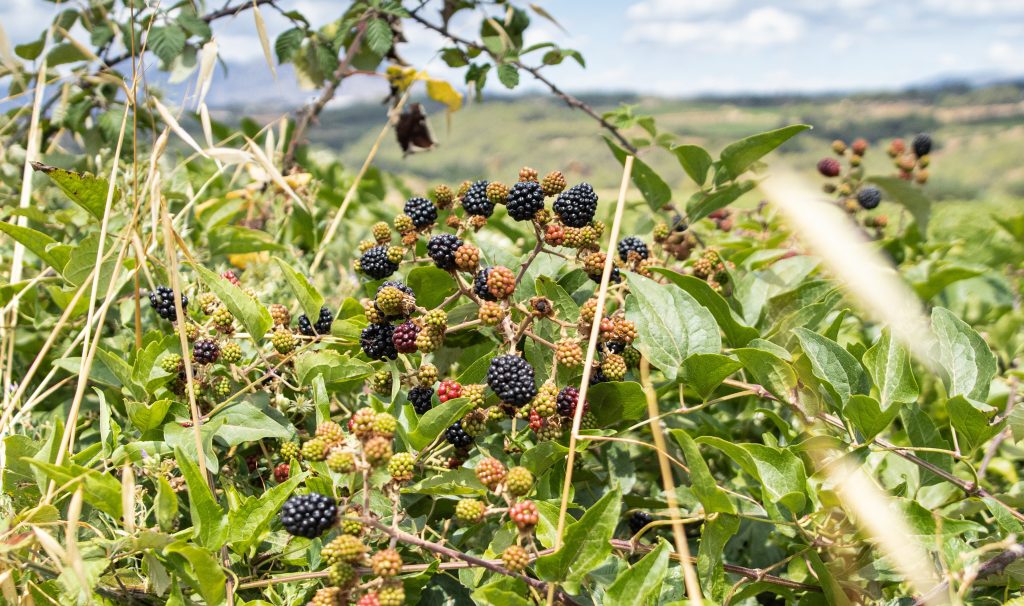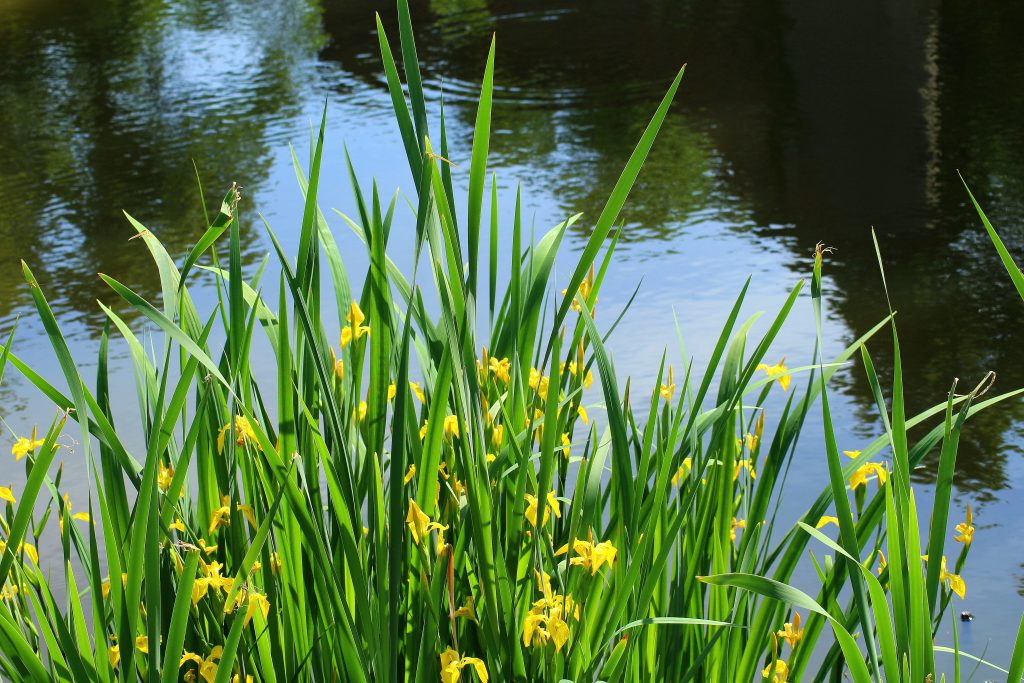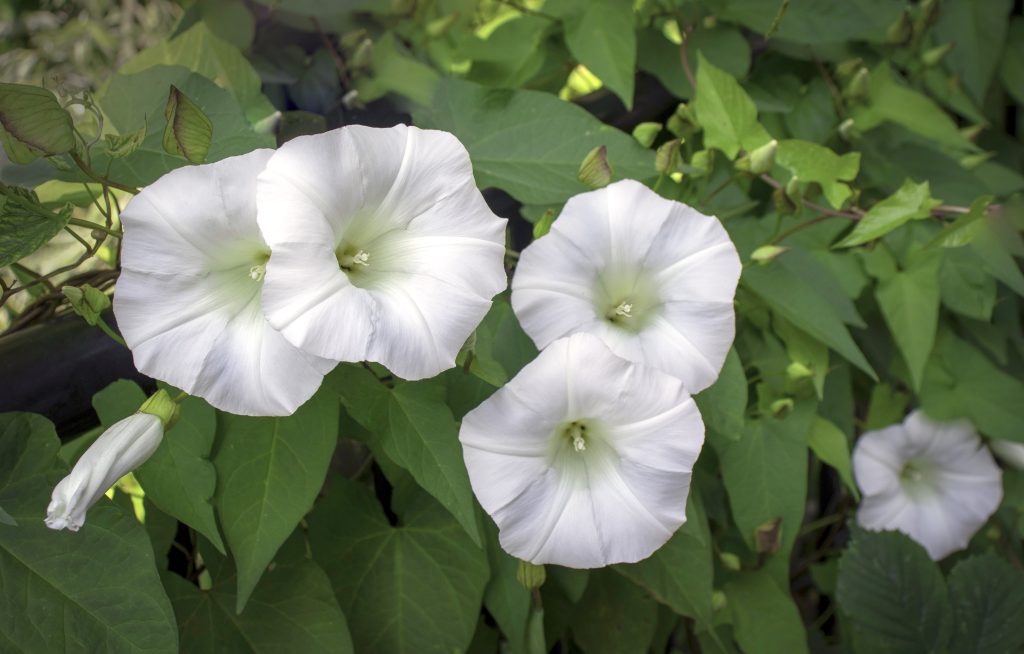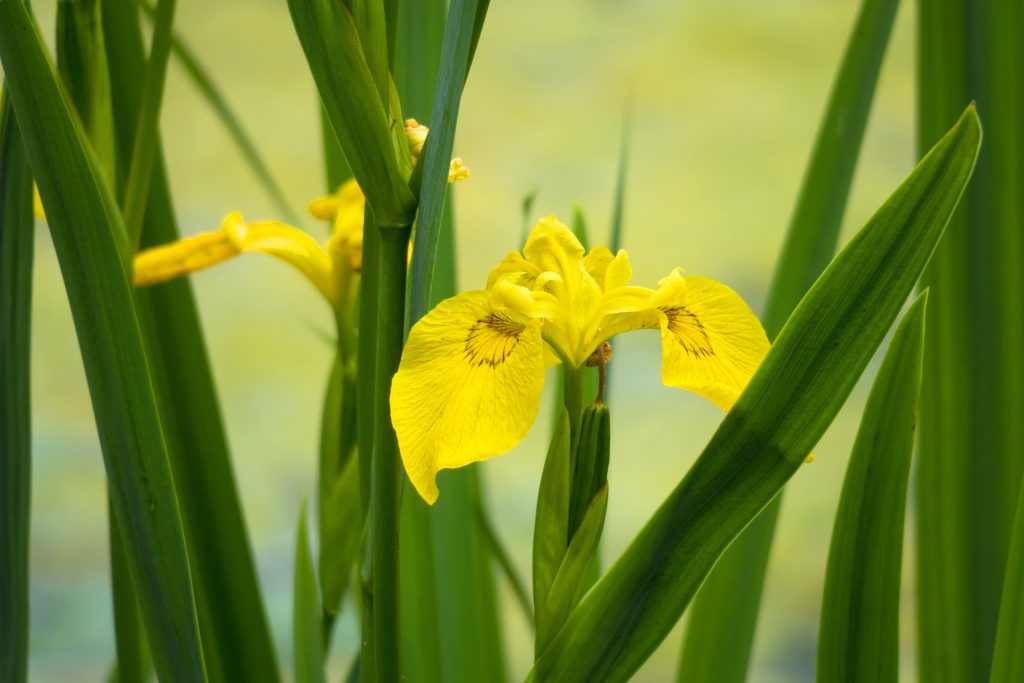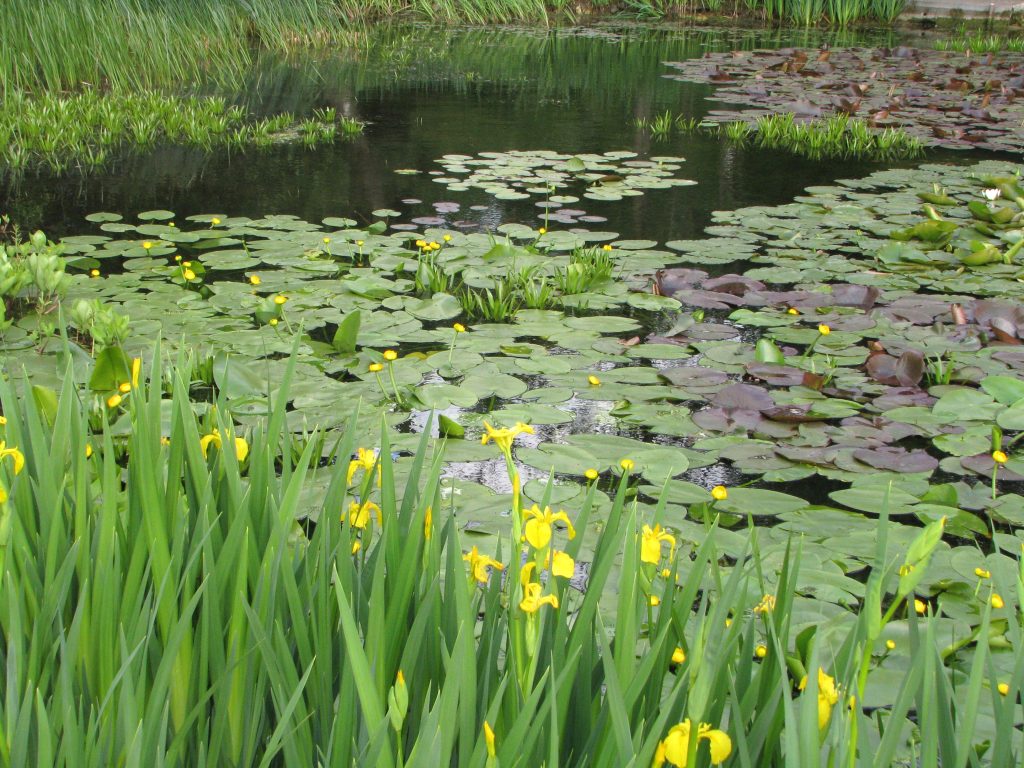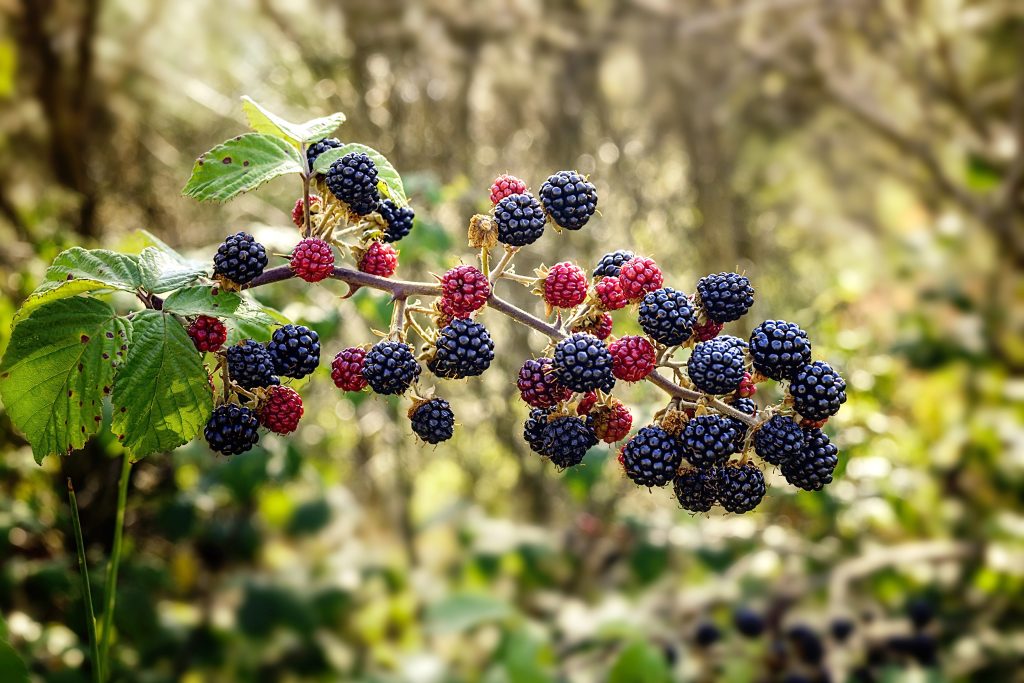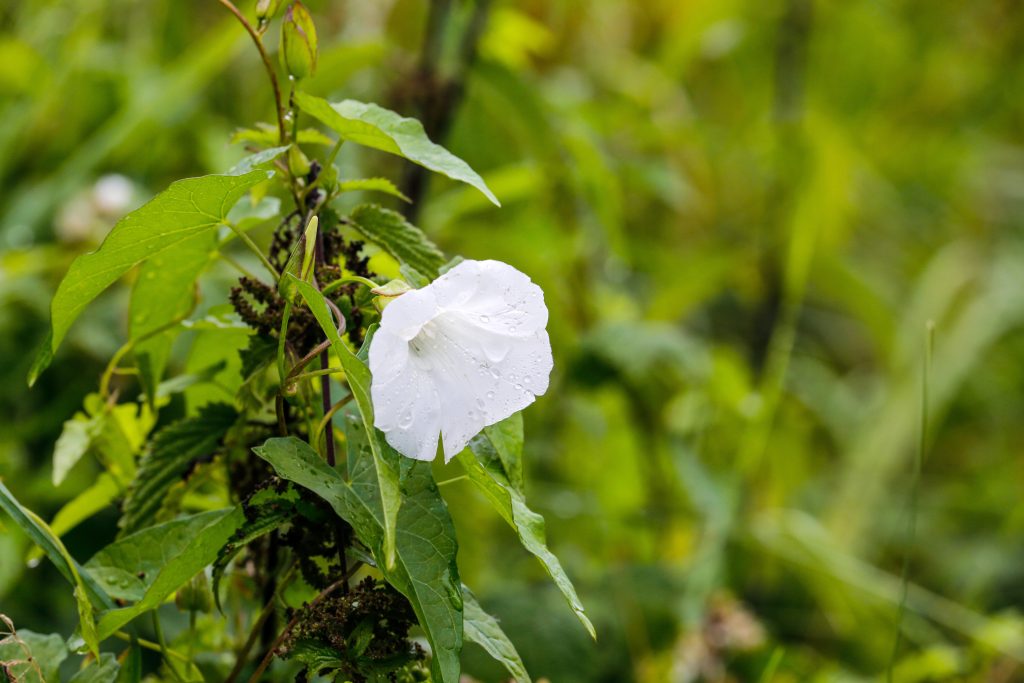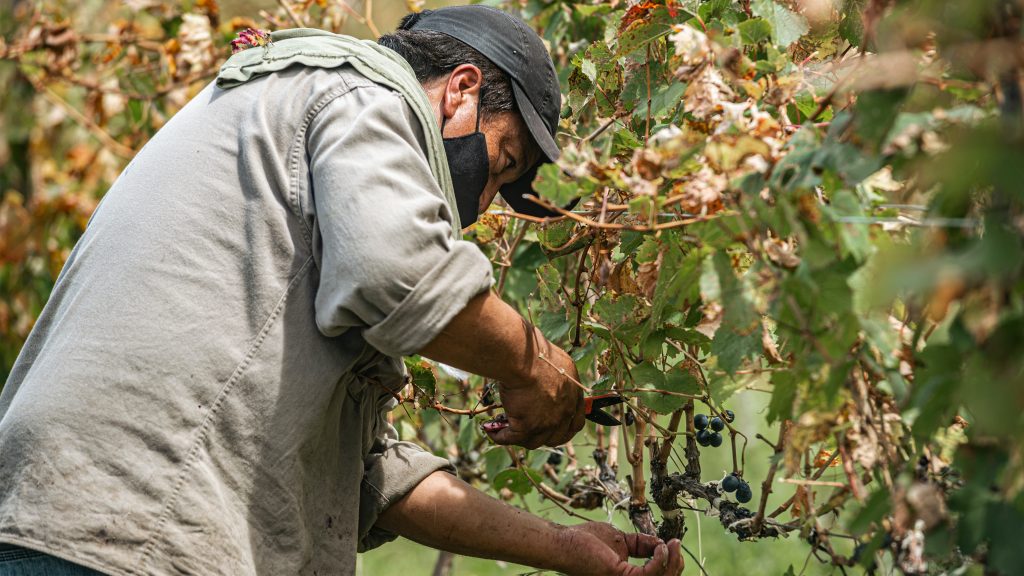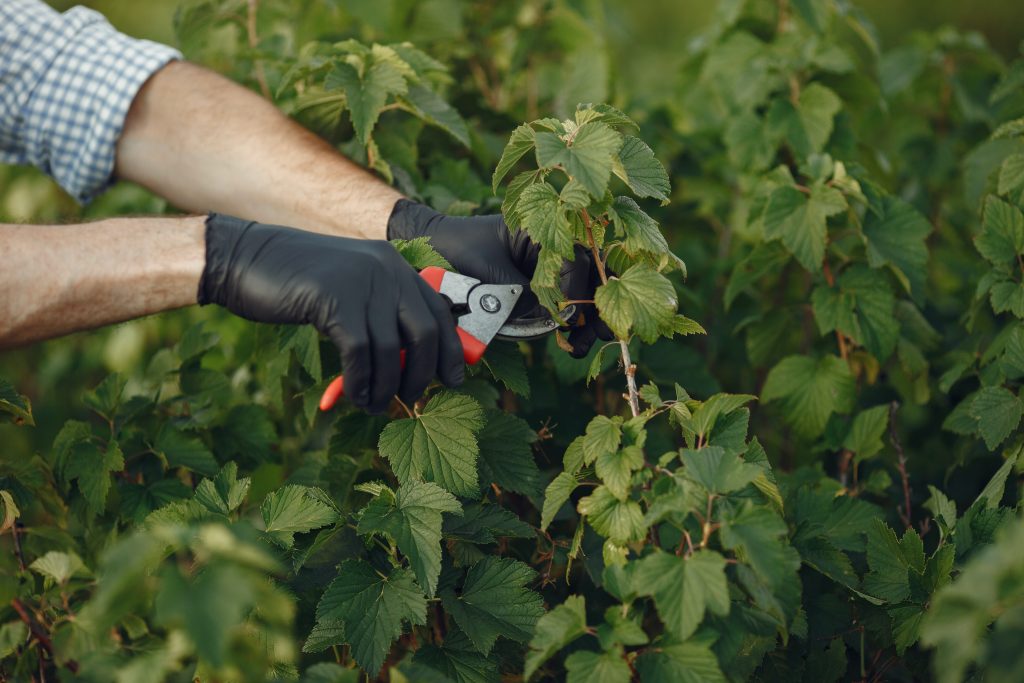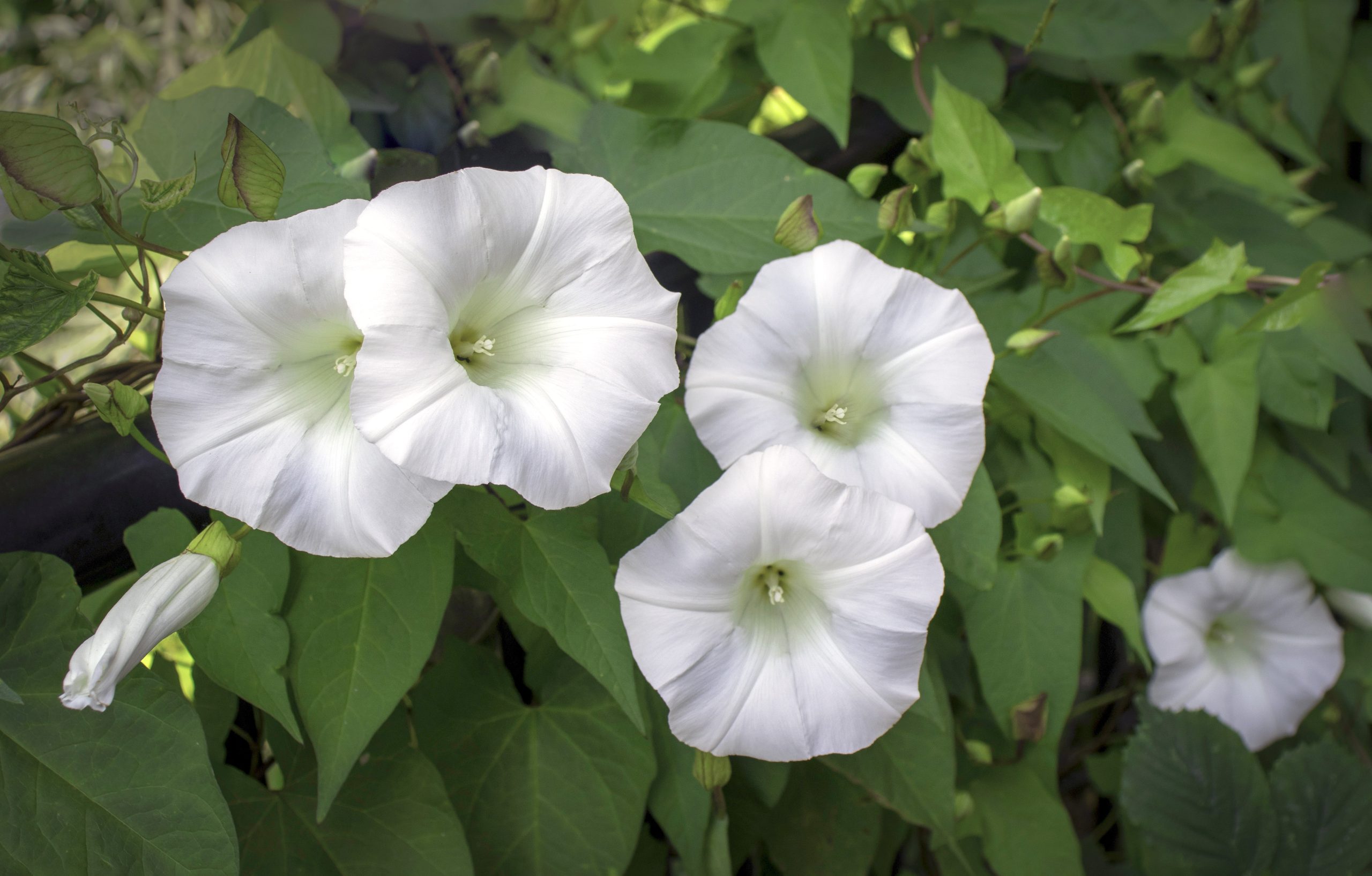
A Quick Guide to Invasive Plants in the Garden
What are invasive plant species, and why should you be concerned about them? Invasive plants are non native species that grow quickly and adversely affect the environment. These aggressive growing exotic plants do not occur naturally in certain areas; therefore, they do not have any natural predators or environmental pressures to keep their abundant growth in check. These destructive invasive plants can be a frustrating garden issue, so how can you properly get rid of them?
Table of Contents
Where did Non-Native Plants come from?
Over half of Canada’s invasive plant species were intentionally introduced by early settlers. They were planted as a source for agriculture, landscaping, or medicine, without knowing the plant’s harmful capabilities. Some plants arrived accidently by animal transport, or by being mixed in shipments of soil or other seeds. Invasive plants can spread very easily, so it’s important to know their negative impacts, what to watch for, and how to eradicate them from our gardens.
What are the Harmful Impacts of Invasive Plants?
Invasive plants can take over your gardens. You can meticulously plan out your garden, purchase your favourite varieties, but then the garden can be overrun by unwanted growth! Invasive plants grow fast, have persevering roots, and spread across the garden quickly. They can quickly choke out your favourite perennials and shrubs.
Invasive plants can also have a serious impact on agriculture. They can even have adverse effects to the economy as they can harm and destroy some crops. The plants spread quickly and out compete native vegetation and crops. They can disrupt natural ecosystems, alter soil chemistry, harm livestock, increase the risk of wildfires, and interfere with forest regeneration. All of this from some unwanted plants!
There can be many serious issues that come with exotic plant introduction, so that is why the government has an Integrated Pest Management plan. The process consists of using various strategies to combat the spread and elimination of harmful species. Overtime, more and more plants have been added to the list of invasive plants.
What are Some Common invasive plants?
Some common invasive plants to keep on the lookout are: English Ivy (Hedera helix), Morning Glory (Convolvulus arvensis), Yellow Flag Iris (Iris pseudacorus), Giant Hogweed (Heracleum mantegazzianum), and Himalayan blackberry (Rubus armeniacus). English Ivy’s thick growth inhibits adversely affects other plants by shade smothering. White Morning Glory, also known as bindweed, had ropy vines that overwhelm plants and structures such as fences, and the seeds can be viable in the ground for over 50 years. Yellow Flag Iris has beautiful sunny blooms but when introduced to marshes and ponds, they can quickly form thickets that clog water flow and choke out native plants. Giant Hogweed is impressive in size but should be removed immediately. Be very careful when removing, as contact with the sap can cause severe burns, scars, and temporary blindness! Himalayan Blackberries are delicious berries, but their spiny canes can encroach on recreational fields and reduce access to important grazing areas of animals.
Keep in mind when identifying plants in your garden, there are many non-invasive cultivars in the same plant genus. An example would be Irises, the beautiful bearded iris (Iris germanica), it is a cousin of the yellow flag Iris, but it would not be plotting to overrun your pond or creek as it prefers well-draining soil.
How do we Avoid, Control and Remove Invasive Plants them in Our Gardens?
Controlling garden weeds and invasive plants can be a frustrating job. Often it feels like an unending project, but don’t worry, they can be removed.
One way to remove invasive plants is to diligently prune and dig the roots. Simple pruning may not take out the whole plant, however it will clean up your garden and keep it from overrunning your backyard. Also pruning-back the canes of Himalayan blackberry before tackling the roots will make it a safer task. When digging make sure to dig up all the roots. Some plants like White Morning Glory have a very tricky root structure and any parts left in the soil will start a new plant.
Another option is to ‘shade out’ the weed. Since most plants need sun to survive, you can cover the entire plant with a black tarp to effectively kill it off and deter any future ones. The black colour absorbs the heat and warms the moist soil and any plants growing or seeds that germinate will die-off from lack of light. This process can take some time, about 8-10 weeks to be effective, so planning is needed.
The last resort would be chemical herbicides. Many towns and cities have bans on chemicals that pollute soil and water sheds. So, a trip to an established local garden center and discussion with knowledgeable staff will assist you in this option.
There are also ways to enjoy invasive or vigorous growing plants. If there is a quick growing plant you enjoy but do not want it spreading to other areas of your garden, try planting in containers. For example, English Ivy is gorgeous and can easily get out of control. However, ivy looks great in planters! To keep these aggressive growers in check, be watchful and trim them regularly and remember to prune out any faded blooms so that they are not able to produce seed.
Invasive plants are a common problem many gardeners are faced with. So, make sure to choose your plants wisely. Check your local city for a list of invasive plants to watch for in your garden. If you find an invasive plant in your garden you want to eradicate, get an early jump on removal since they grow quick. Remember, not all invasive plants are unwelcome guests, some are gorgeous plants you may just want to enjoy in your garden. So, just be prepared to put the effort in and keep it them in check.
For information on where to find Florissa products near you, please inquire on our Find a Retailer page.



